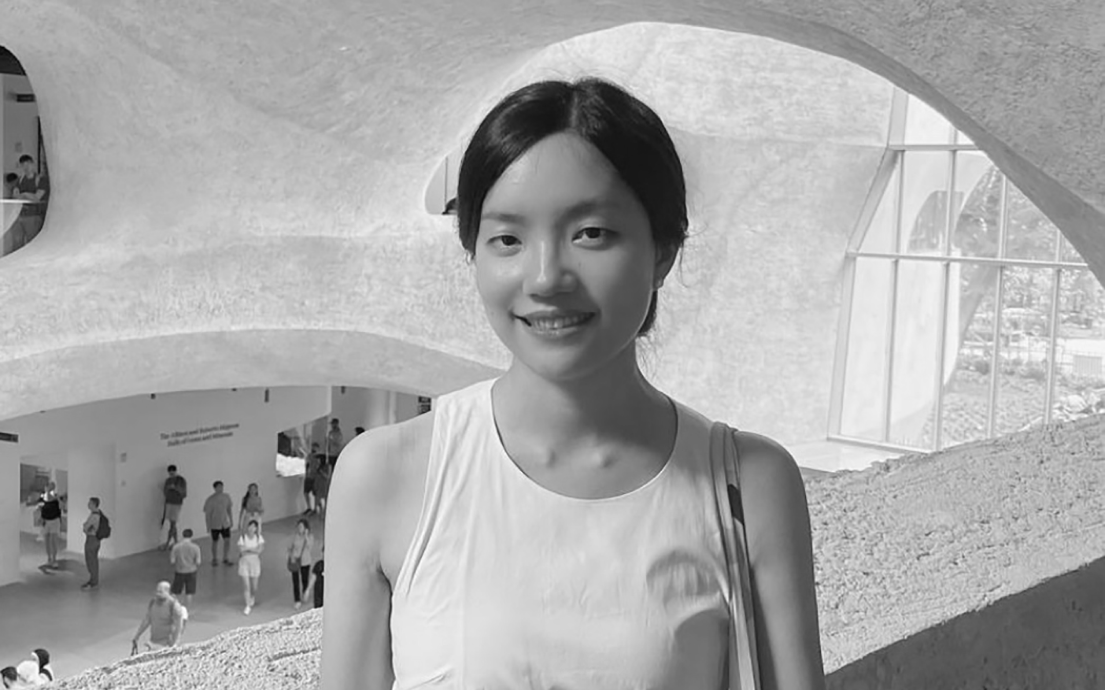Bao Hu: Multidisciplinary designer
Multidisciplinary designer
by Elizabeth Lavis
|14 Nov 2025

Bao Hu’s love of design stems from the opportunity to unleash her imagination and create something valuable for her clients. “I enjoy envisioning a better, more inspiring world through my work, knowing that it can positively impact people, whether by connecting them, making experiences more pleasant and beautiful, or enhancing clarity and accessibility,” she says.
Hu is a designer from Guilin, China, a place renowned for its impressive nature. “Guilin is known for breathtaking mountains, rivers, and mist, which gives everything a mysterious atmosphere,” Hu says. “As a child, I loved exploring nature, and that curiosity stayed with me when I moved to Beijing at age nine.” Beijing came with its set of inspirations, including a thriving international arts scene, diverse cultures, and rich history.
“Growing up in these two contrasting cities has greatly influenced my work,” Hy says. “I often draw on natural elements and weave them into unexpected visual narratives, using design to share stories that reflect my culture and experiences.”
As a child, Hu wanted to become an artist. “I wasn’t aware that being a designer was a career path I could follow,” she says. “It wasn’t until I went to college that I discovered design could be a profession. I realized it was what I had always loved: the perfect combination of visual art and problem-solving. Becoming a designer felt very natural to me.”
"Outpost", Bao Hu
For Hu, ideation is the most essential part of any design. “It’s where originality comes into play,” she says. “Without strong ideation, everything risks looking the same or functioning in similar ways.” Hu finds that by being open to a wide range of ideas, she can discover the ones that truly stand out, allowing her final design to be both unique and impactful. “Ideation also sets the tone for the entire project,” Hu says. “It’s the foundation that informs the concept, which becomes the story that connects all other elements.”
Hu finds that by redirecting her focus to what excites her about her work, she can stay creative under pressure. “I don’t fixate on the result,” she says. “When I’m under pressure, it’s easy to think, ‘I really need to get this done,’ or ‘I want this to look wonderful,’ but it only adds stress without solving the creative problem.” Instead, Hu focuses on the journey, singling out elements of the work that she likes and making minor changes to the typography or color palette. “This approach keeps me motivated and helps ideas flow more naturally,” she says.
Her Indigo Design Award-winning work, “Placefulness,” is a study of being present, inviting viewers to reflect on specific surroundings and get in touch with their senses, keeping them anchored in the present moment. “By juxtaposing minimal visual interpretation of nature with realistic sounds, the work creates a poetic and unexpected encounter with the natural world,” Hu says. “The inspiration for this work came from my childhood growing up in Guilin. I spent countless hours playing in nature, and after my grandmother, who raised me, passed away, I often revisited those memories. The project is deeply personal, representing a way for me to reconnect with her and the natural landscapes that remind me of our time together.”
Submit your work for Indigo Design Award competition


